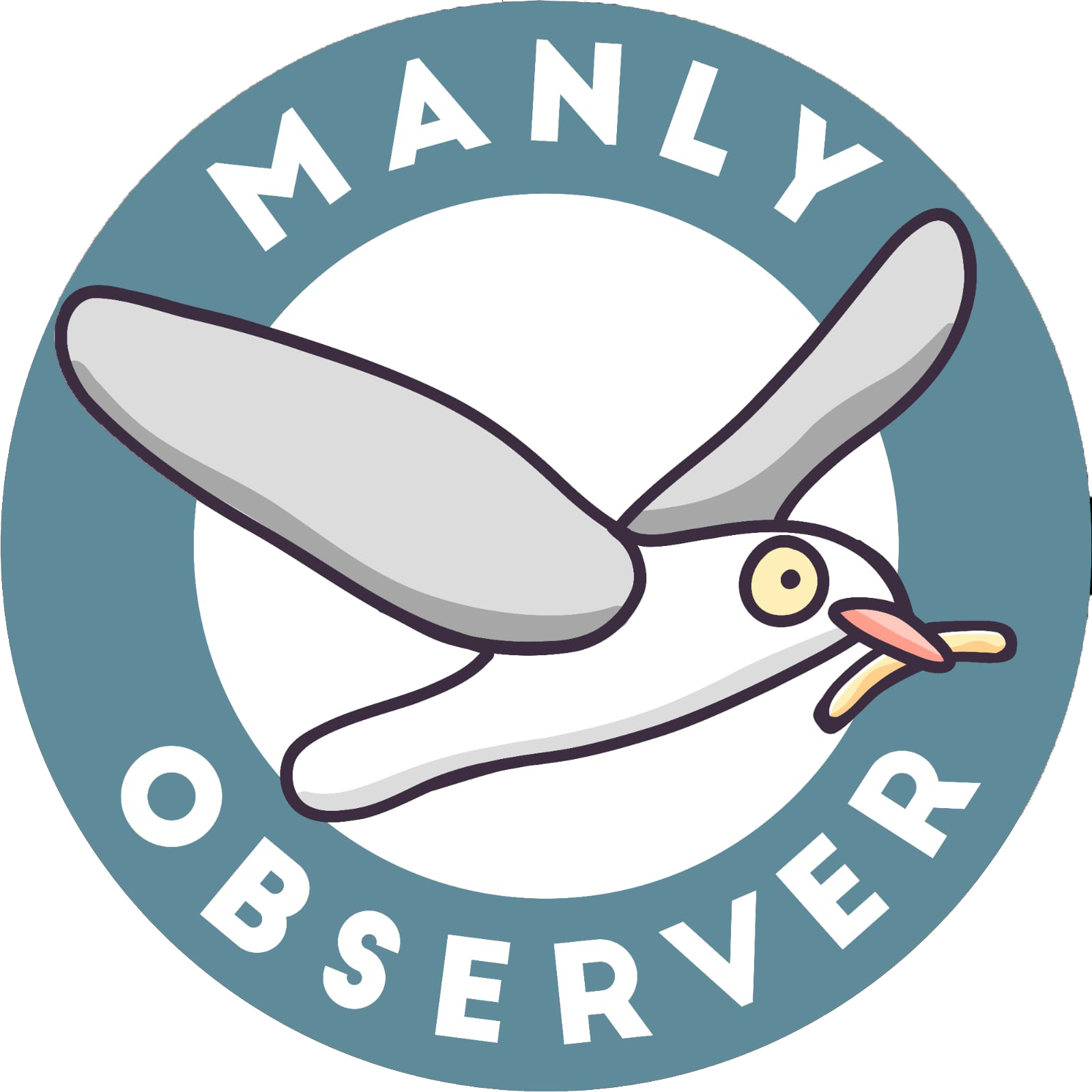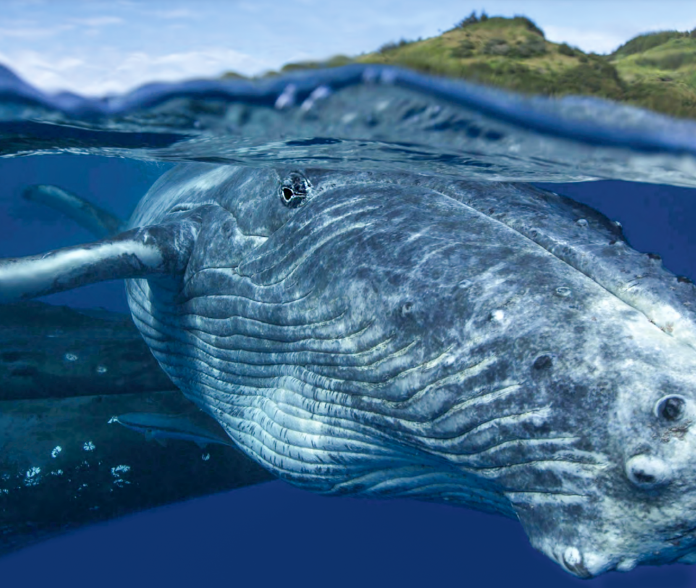ORRCA, the Organisation for the Rescue & Research of Cetaceans in Australia, is hosting a national whale counting day on Sunday 26 June. The public is invited to join in recording the numbers of whales making their annual northerly migration along the Australian coastline to warmer waters for feeding and breeding.
Jools Farrell, Vice President of ORRCA, told Manly Observer about the importance of this event.
“It’s ORRCA’s 23rd Great Whale Census Day that records the annual cetacean migration,” she explained. “It’s part of our ongoing research – because that’s what ORRCA does, whale rescue and research – and it is our 23rd year of running it.
“It helps us to get a basic idea of the population of the whales that are migrating up the east coast of Australia – the northern migration.”
Are those participating in the whale census encouraged to identify the whale species as well as the numbers?
“We do ask people, especially if they’ve got binoculars, to try and let us know the whale species. The majority of the whales sighted will be humpbacks. But there are minkes on the move – we’ve seen a few recently with calves. And we’ve also seen an increase in the southern right whales.”
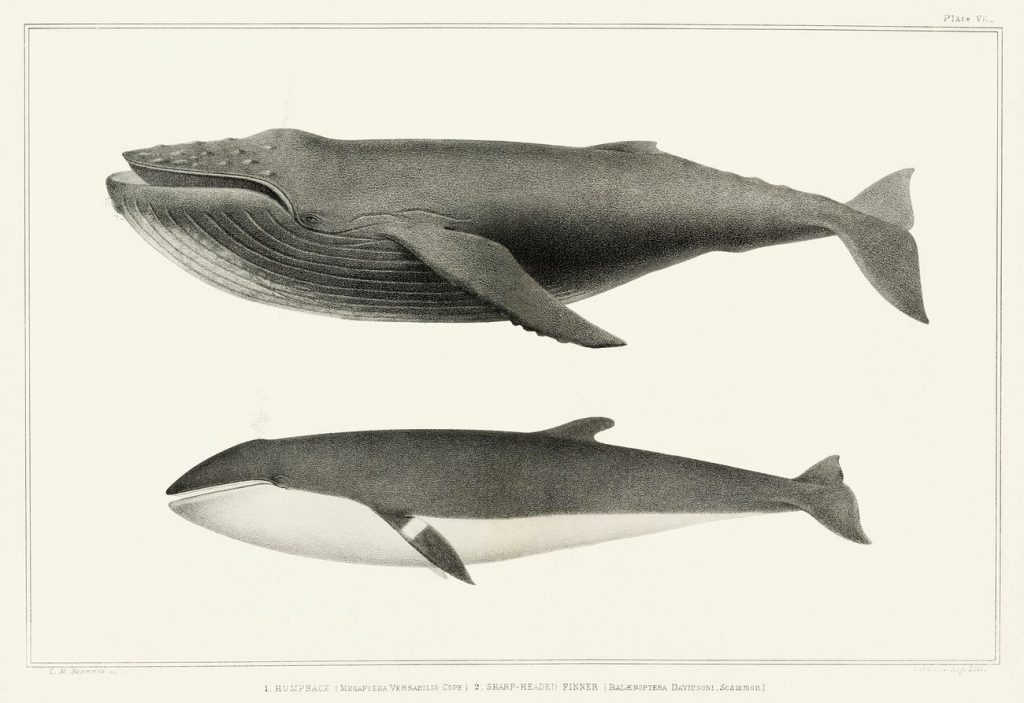
The minke whale is the second-smallest of the baleen (strainer-toothed) whales. The name is derived from the Norwegian minkehval, believed to have been named after a Norwegian whaler named Meincke. It resembles a small humpback although it is slightly more porpoise-like in shape.
The southern right whale is easier to distinguish because it has a broader back and no dorsal fin. Unlike the humpback and minke, the southern right doesn’t have a white underside, although it might have some white patches on its dark grey skin. It also has a longer mouth that begins above its eye.
Southern right whales have characteristic ‘callosities’ (callouses) on their heads attributable to colonies of parasitic whale lice, which make them easier for whale researchers to identify individuals.
These aren’t actual lice but cyamids, a type of small crustacean that feeds on flakes of skin and algae, and although their presence exacerbates the skin abrasions, they don’t cause the whales harm. Baleen whales are more prone to cyamids than toothed whales, and almost every species of whale has a cyamid that is unique to them.
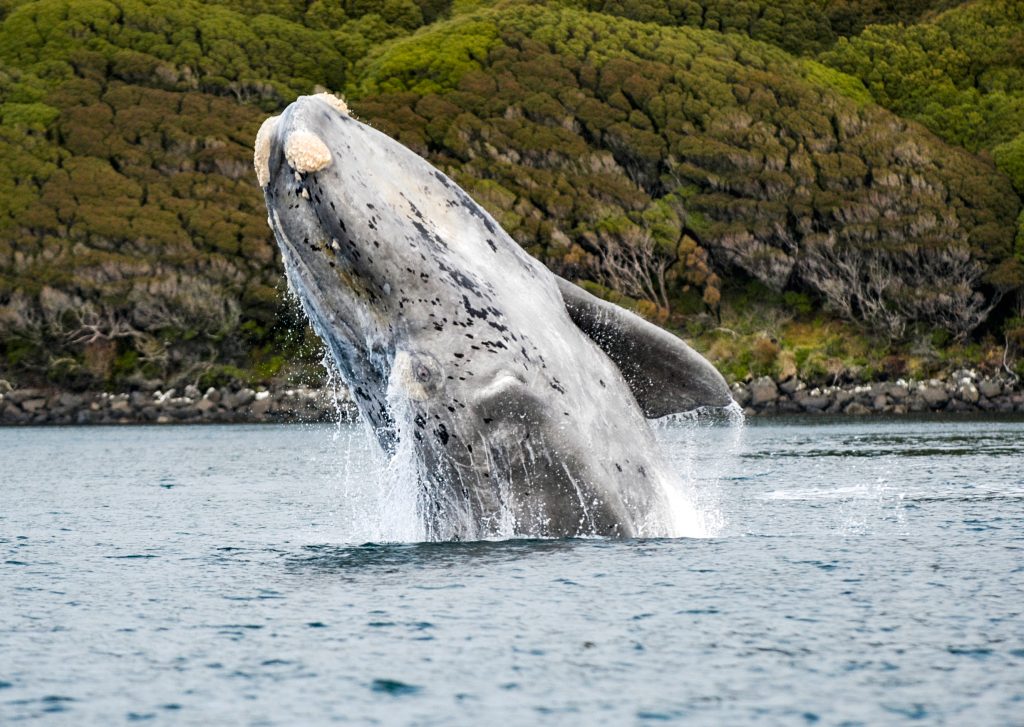
Can whale counters go to the ORRCA website to learn about identifying different whale species?
“Yes, they can go to our website ORRCA.org.au and visit the Census Day section, where it will let you know the characteristics of a variety of cetaceans. There’s actually a data count sheet that we’d like people to download to actually record what they’re seeing.
“So, for instance, if you see a whale and you can recognise it as a humpback, then you record the date, the time, the species, how far offshore it is and the direction it’s travelling in as well, because sometimes they turn around and go south. And whether there’s one or two whales or a full pod.
“Also, if people see dolphins or seals, or even if they see seabirds, they can put that on their data sheet as well. It’s all good information.
“But we also ask people to look at the whales and not just count their blowing, because sometimes a whale can blow two to three times. If you only count the blows of their exhaling, you could be counting the same whale multiple times.
“We suggest watchers try and pick a body part of the humpback or the whale, whether it’s breaching or fin slapping or the bodyline before it dives.
“At the end of the day, please email data sheets through to orrcacensusday@gmail.com. That’s all on our website as well.
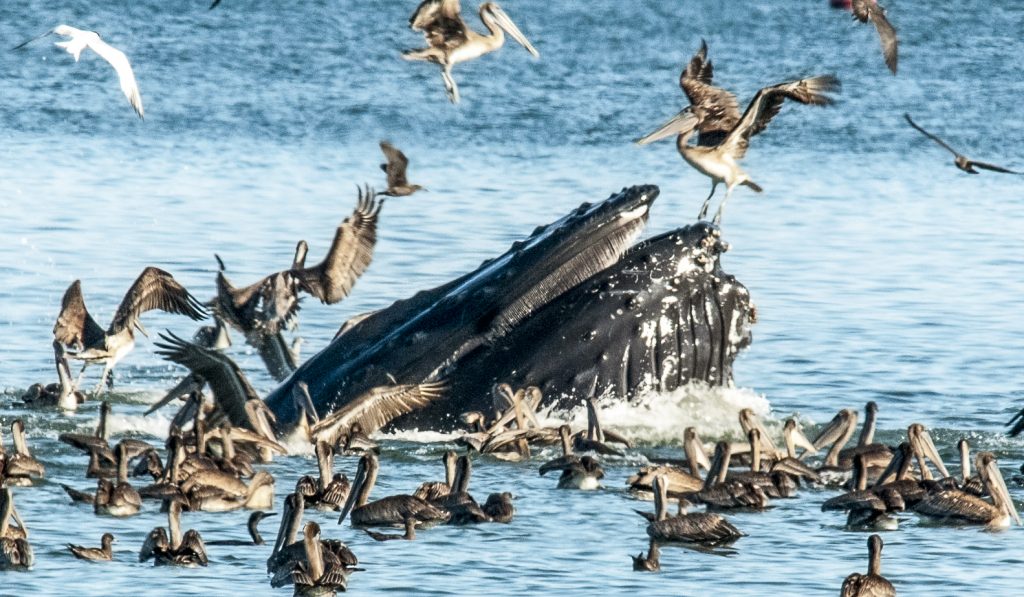
Once the statistics are collated, how does ORRCA extrapolate and use that information?
“It normally takes us about two weeks to gather and collate all the figures. Each year ORRCA compares the previous year’s numbers collated and the accumulated information lets us know if the whale populations are increasing or decreasing. At the moment, it’s actually increasing, by about 10 to 12% every year.
“We’re expecting approximately 30 to 35,000 whales to migrate up Australia’s east coast and the same amount on the west coast – because the east and west migrations happen at the same time.”
The census takes place over one day, Sunday 26 June?
“Yes it’s from sunup to sundown, although we don’t expect everybody who participates, from ORRCA volunteers to members of the public, to be on duty counting from sun-up to sundown. It’s just a good day to join in, even if it’s for an hour, or half an hour.
“The weather looks like it’s going to be beautiful – compared to previous years when it’s been raining, windy and cold – so it’s a great time to get out with family.
“Recruit some friends, pack a picnic lunch, grab some chairs, and head out and up onto a headland. It’s best to go up to headlands because you get a better viewing point instead of sat on a beach; you can see further to the horizon.
“If you’ve got a good set of binoculars, take them as well. And, of course, use sunscreen and hats. And if you’re on a headland, safety is very important, so be aware of where you are and be careful. Being safe is the main thing, and, of course, enjoying the day.
“We don’t expect everybody to be out there all day, although I’ll personally be up at AJ Small Lookout above Bilgola Beach from sunup to sundown, counting the whales.”
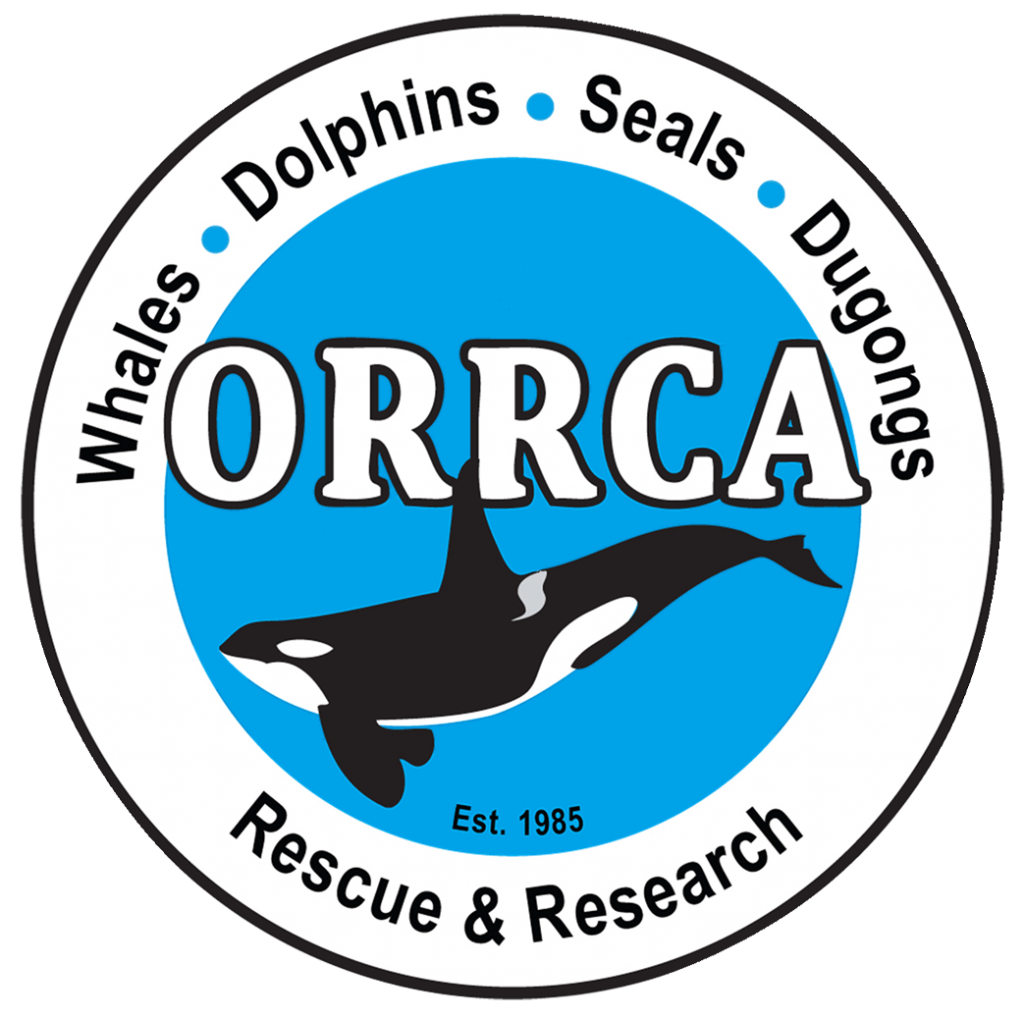
Is there another count later in the year when the whales return south?
“We are planning on having another one in October,” she revealed, “but I haven’t got a date for that as yet. We hosted our first southerly whale count last year, but, unfortunately, COVID wasn’t kind to us and neither was the weather, to be truthful, so it was difficult to manage.
“But we are planning on doing our second southerly migration census.”
Anything else to consider?
“If anybody sees a whale that they feel is in distress or is entangled in netting, please let us know, it’s really important.
“We’re actually on the lookout for an entangled whale at the moment, which was spotted off Terrigal trailing ropes and buoys. Unfortunately, we haven’t had any further sightings of that whale yet.
“But if anybody does see a whale that they feel is entangled or in distress, call our rescue line – 02 9415 3333..
“Otherwise, just get out there and have a good day and enjoy the beauty of watching these magnificent whales moving up the coast to Queensland!”
ORRCA
ORRCA’s 23rd Great Whale Census Day 2022
https://www.orrca.org.au/orrca-events
Download data count sheet
Reporting distressed or entangled whales
Ph: 02 9415 3333
(open 24-hours a day, every day)
